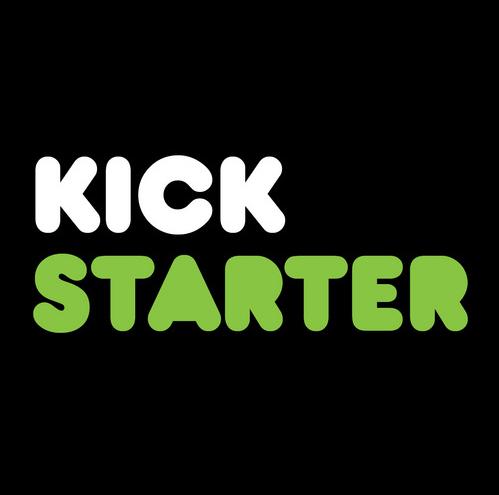By Renee Montgomery
Case in point: the Architecture + Design Museum, Los Angeles
Upcoming on the A + D Museum schedule is the exhibition Never Built: Los Angeles, an exploration of visionary architectural plans that could have reshaped Los Angeles’ (LA) landscape but were unfortunately never realized. Included will be plans, renderings and models for proposed LA civic centers, airport, parks, subways, beachfront hotels by such masters as Frank Lloyd Wright, John Lautner, Rudolph Schindler, Frank Gehry and Thom Mayne. To ensure the proposed exhibition installation didn’t suffer the same plight as the architectural proposals – death due to lack of funds and support –A+D exhibition co-curators turned to social media for fundraising.
Working through Kickstarter, a social media site where creative proposals can be posted in the hopes the public will discover them and pledge funds towards their completion, co-curator Sam Lubell raised $43,114 towards the needed $40,000. Lubell got the idea from filmmaker friends who had used the site to support their endeavors. “It was clear we needed to go beyond the normal prospects of grants and corporations and broaden our reach,” Lubell explained to the WMA. Kickstarter describes itself as “a funding platform for creative projects…full of ambitious, innovative, and imaginative projects brought to life through the direct support of others.” With 43% success rate since its April 2009 launch date, Kickstarter has helped realize 35,000 projects through a total of $3 million in pledges in general.
How can other museums get started on Kickstarter for their projects?
A museum begins by opening up a free account, then uploading information about the proposed project (usually in the form of a video). The museum determines the fundraising goal, and whether the funds must be raised within a 30 or 60-day period. The Kickstarter staff then approves the project and may have clarifying questions; but, in Lubell’s experience, this isn’t usually a problem if the proposal meets the site’s fundamental requirement of being a creative product with definite beginning and end dates (no ongoing operating, bricks/mortar projects, or social/charity causes are entertained). Donors pledge funds though “Amazon Projects” (like Paypal). If the goal is achieved in the allotted time, Kickstarter then remits the final sum to the museum through a similar account, after taking 5% of the monies raised as their premium. Pledged support is on an all-or-nothing basis, meaning if the total funds aren’t raised by the 30 or 60-day deadline then pledgers are released from their commitment.
The Kickstarter software feeds back several statistics about the pledges and donors; the museum can access their “dashboard” for a list of the funders (called backers), how each found the project, and a breakdown of the donated amounts. In the case of the Never Built exhibition proposal, pledges ranged from 129 individuals donating from $10-34, on up to the maximum level of three backers donating in the $2,500-$5,000 range. No one donated at the $5,000-$10,000 levels. In total, 436 pledges were received between the two-month period December 16, 2012 - February 14, 2013. Before setting your own fundraising goal, be sure to check out the master Kickstarter statistics for helpful guides on what level of pledges have proven most successful in the past for various types of projects. (For art-related projects, proposals requesting $1k-10k in donations are most viable.) When posting your project you’ll be able to specify donor credit opportunities or premiums for gifts at the different levels, eg, tickets to the opening, free T-shirts, a mention on the website.
Fortunate museums may see their proposal highlighted on the website as a Kickstarter Staff Pick. Besides the help with fundraising, Lubell credits the Kickstarter site as leading to some fantastic exhibition promotion by journalists checking out the site for interesting proposals, for instance, Wired magazine’s long interview with Lubell’s co-curator Greg Goldin, and mention in Forbes magazine and on The Atlantic Cities website. On Kickstarter, of course, it helps to propose a unique project or rare opportunity that is sure to capture the imagination of the site’s hip audience.
Never Built was the A+D Museum’s first experiment in using online solicitation, but Lubell explains that, according to his preliminary research, such other museums as PS I, the Brooklyn Museum, and the Smithsonian Institution have also turned to Kickstarter as a development tool.
The Never Built exhibition will run from July 11 – September 15, 2013 at the A+D Museum located at 6032 Wilshire Blvd., Los Angeles, California. A book of the same title is forthcoming too.
Submitted by Guest Blogger, Renee Montgomery, Assistant Director, Insurance and Risk Management, Los Angeles County Museum of Art









Add new comment